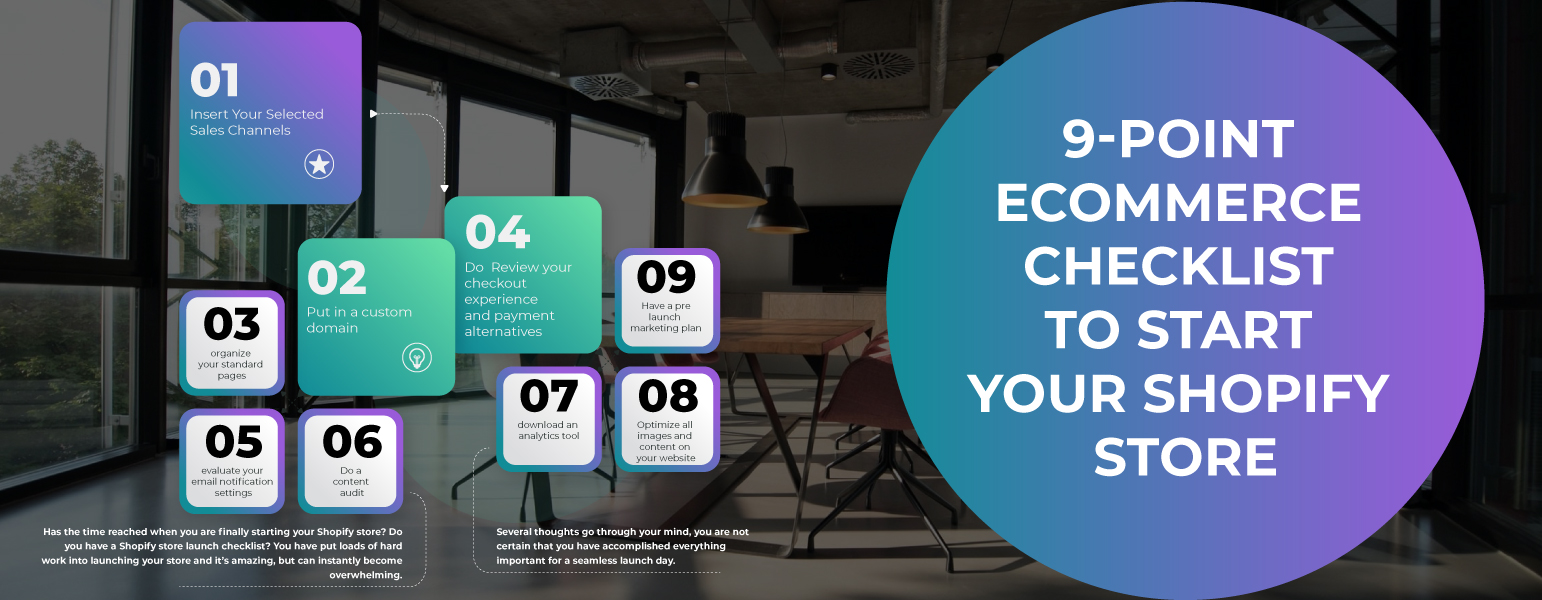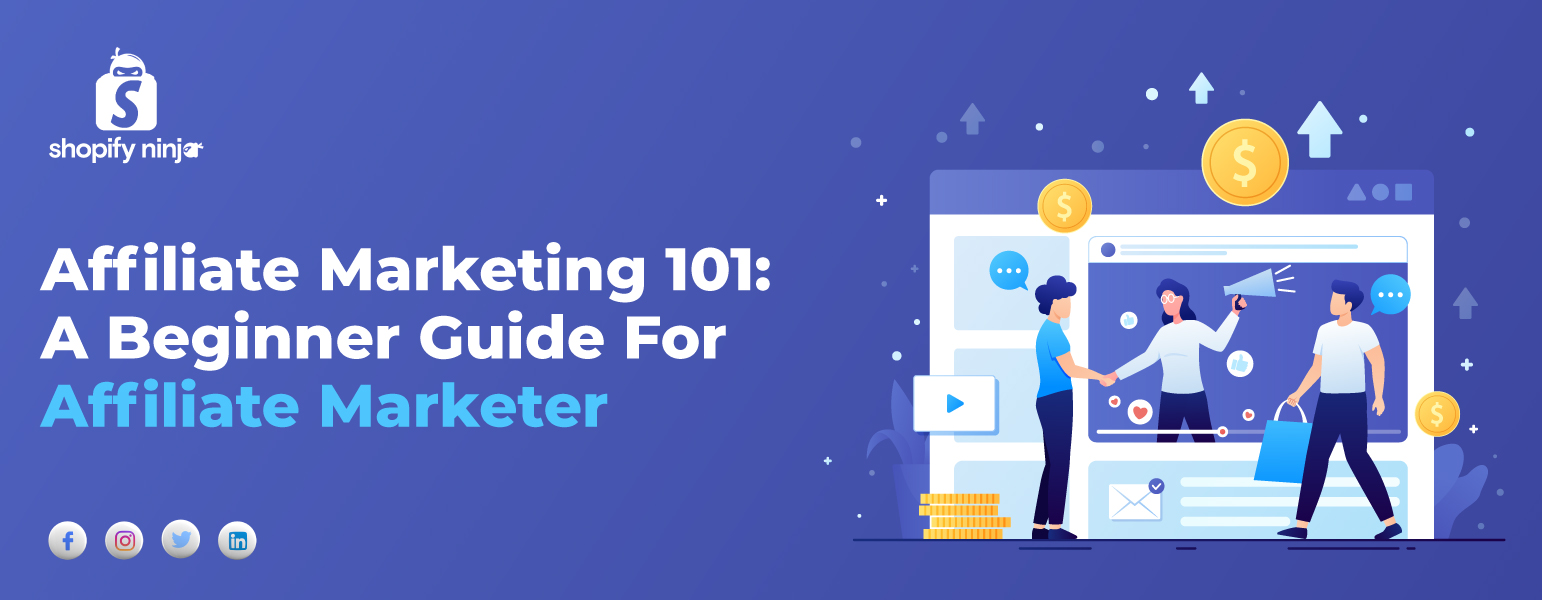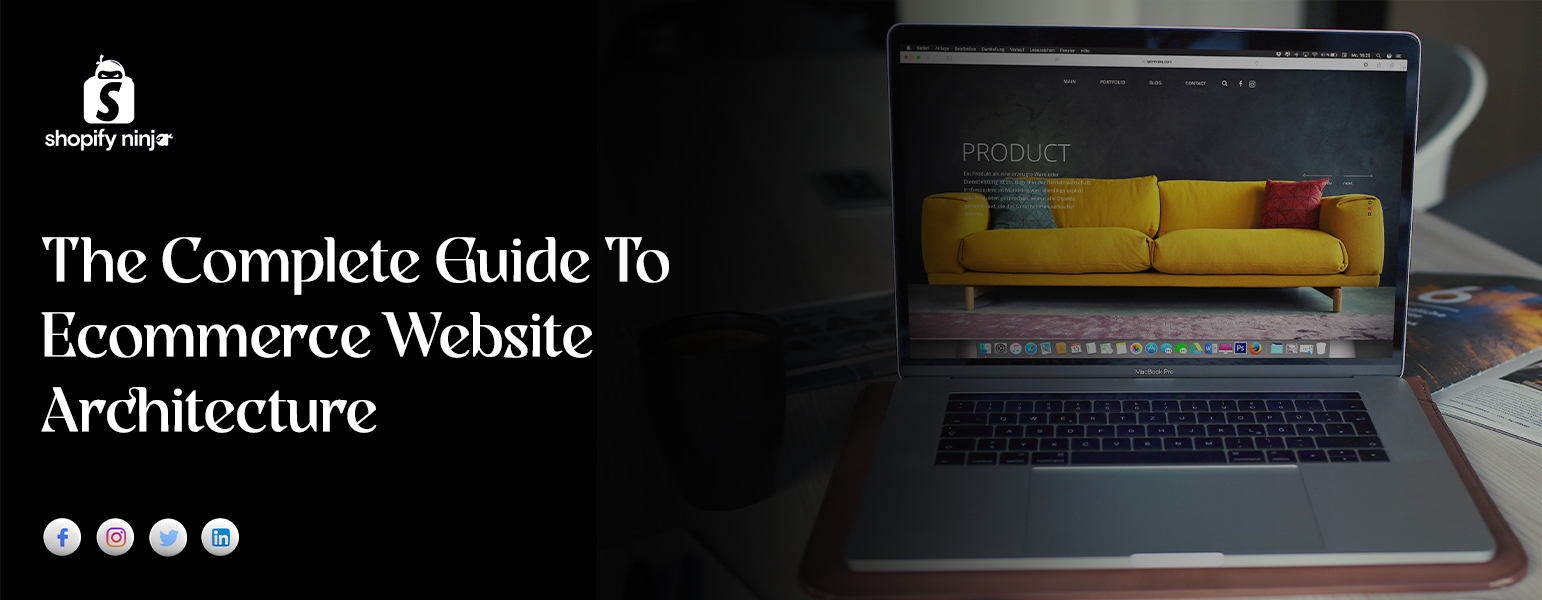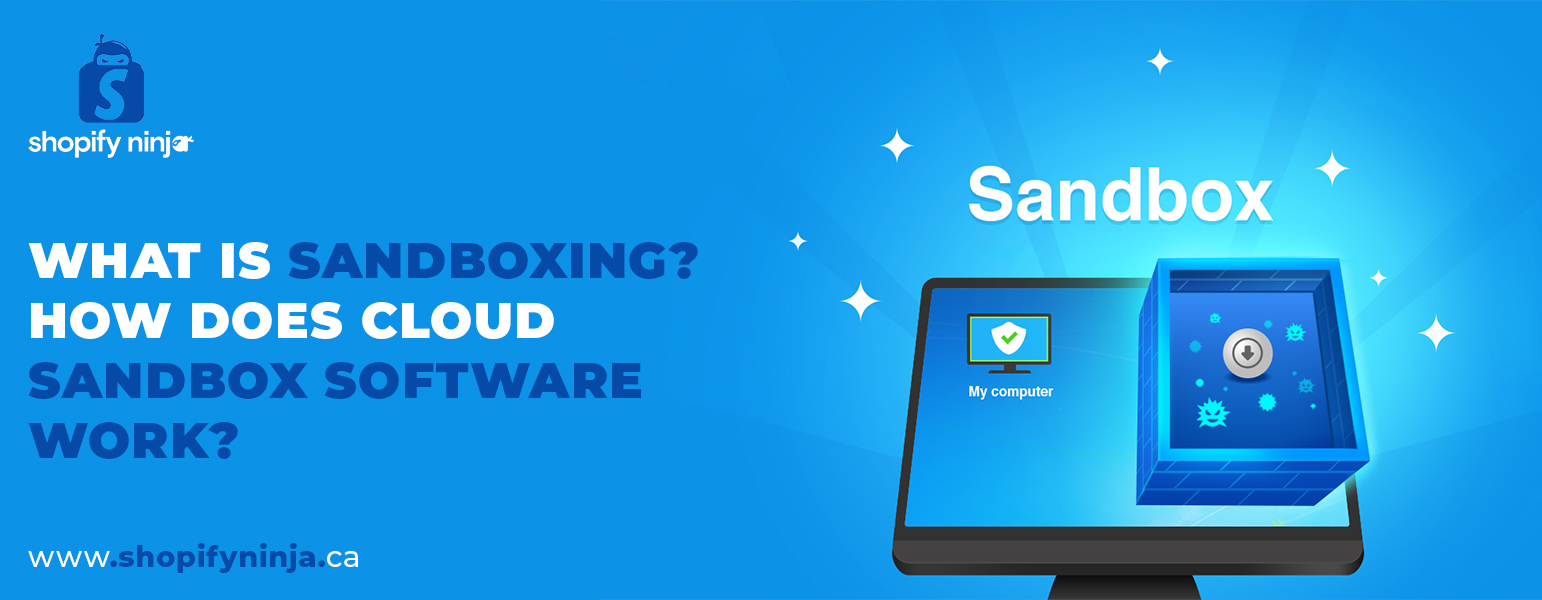Has the time reached when you are finally starting your Shopify store? Do you have a Shopify store launch checklist? You have put loads of hard work into launching your store and it’s amazing, but can instantly become overwhelming.
Several thoughts go through your mind, you are not certain that you have accomplished everything important for a seamless launch day. Have you loaded all the products appropriately? Have you developed a marketing plan to enhance your store? Do you have a reliable website?
Rather than running around purposely as you begin a business, entertaining all frantic thoughts, opt for the methodical approach to your launch. Simplify your mind and be organized with this discussed Shopify store launch checklist.
Instead of running around aimlessly as you start a business, entertaining every frantic thought take
Your Shopify store launch checklist;

- insert your selected sales channels
- put in a custom domain
- organize your standard pages
- Do Review your checkout experience and payment alternatives
- evaluate your email notification settings
- do a content audit
- download an analytics tool
- Optimize all images and content on your website
- Have a pre-launch marketing plan
1. Insert Your Selected Sales Channels
It has been shown from the data of Statista that the number of US digital shoppers is predicted to grow by 291.2 million by 2025. Users do not expect to have an Omni channel experience from brands, particularly during busy shopping trends and retailers required to get buyers where they are.
If you want to get the advantages of multi-channel retailing for your particular eCommerce store? In your Shopify store launch checklist Determine how to select the best social media and marketplace channels that will function best for you, then insert the accessible sales channels to your store.
There are some examples of online sales channels you can attach to your Shopify store:
- eBay
- Buy Button and Checkout links
- Interest
- Amazon
- Tiptop
- Instagram and Facebook
- Google Shopping
Every sales channel links with the hub of your Shopify business, so that you can have an easy track of products, orders, and customers across multiple platforms. It is important to do a Shopify store launch checklist.
Cupshe, which produces over $50 million in yearly revenue that contributes35% of its sales directly or indirectly to the social selling
When the shopping store of ORO Los Angeles launched on Instagram, it grew with every month revenue by 29.3%—an augment straight contribution to the platform.
And when Sarah’s Treats & Treasures welcomed a sales channel on the platform Amazon, it instantly gained track on this platform. At this moment, Amazon is accountable for 76.8% of the company’s orders.
2. Put In A Custom Domain
Adding up a custom domain to your website provides you brand recognition and creates it easier for people to keep in mind your URL.
You will be supposed to conduct good domain name research initially to see if your business name is already available or not. If this is the case and there is no trademark in use by different businesses in your sector, you can easily buy your custom domain name through shopifyNinja. Add it to your Shopify store launch checklist.
Widespread TLDs in e-commerce include .store and .shop, but you can have the creative one too.
3. Do Review Your Checkout Experience And Payment Alternatives
Before you bring any traffic to your store, certain people can easily accomplish a purchase. The average documented online shopping cart is around 70%, according to Baymard Institute. It’s important to fix any problems and eliminate friction at checkout; otherwise, you increase the risk of losing more sales.
At the time of testing your checkout process, make certain of these points:
- A shopper know how to edit their heart’s content
- There is an alternative for order status tracking
- Discount codes can be used in the cart
- Common payment methods, such as Debit card, credit card, PayPal and Shop Pay, are available
- Shipping rates are mentioned on the checkout page
- The accessibility of the contact page can be easily done if the order editing is required
- An email notification is sent for the verification of the purchase
- The currency and language switcher and shopping policy should be easily understood by clearly stating who pays taxes and duties are both there if offering international shipping and sales.
- You can place a test order on your eCommerce site with the live payment gateway to ensure that everything is word king perfectly with Shopify payments.
4. Organize Your Standard Pages
It’s vital to have some pages that can be browsed by visitors to learn more about your company. In Shopify’s eCommerce research on what wins the customer trust and buyer, we got that shoppers to the brand new store are in search of answers on whether the store handles its customers with fairness or the store is an upstanding business.
The team of Shopify research has conducted a series of in-depth interviews with North American purchasers to know how customer trust is created in online stores. The checklist is the short view summary of their findings, made to facilitate business owners to understand what important elements of their online store experience make trust among clients, along with the trust business issues to prevent.
According to our research, these mentioned are the landing pages that should be added to your Shopify store launch checklist, we most suggest online stores include in their sitemap:
Homepage. Your homepage is debatably the most significant page on your site. It’s frequently the first place people land and, if not the first, it would be the second place. You need to establish the entire look and feel of your website and make sure to have clear navigation on the home page. Add links to your product page and category page from your homepage.
Contact page. A Contact page reassures users of the authenticity of the store. Add the phone number, email and retail address. If you do not add these details to get connected with potential customers then you could be missing out on loads of sales opportunities.
About. It is the page where users can learn more about your brand, company and the people behind your products. Various store owners look at this current page, but it can be a successful sales tool if approached in a couple of ways:
Several shoppers are interested in the mission and purpose business and whether the business shares any of the values.
Frequently Asked Questions (FAQ). At the time of starting, you may not have loads of information about what questions customers will ask the most. To make a successful FAQ page, you can forecast inquiries and also view competitors to know what questions they answer on their sites.
Universally, customers frequently have concerns regarding return policy, shipping and how to get connected.
5. Evaluate Your Email Notification Settings
Email is the stronger tool if you are willing to begin an online store. There are many automated emails that you will want to personalize before launch. Make an edit in your email templates and make sequences that promote your list and ultimately drive sales.
Do set up an email marketing app such as Seguno, Klaviyo or Shopify Email and keep in mind the mentioned emails:
- Shipping notifications
- Welcome series
- Order confirmation
- E-receipts
- Abandoned cart notifications
6. Do A Content Audit
Every so often you’ll be so busy with your work that you won’t notice little mistakes like grammar, spelling or broken links. Reviewing backwards- beginning with the ending paragraph and working your way to the top will facilitate you to spot issues you may have missed.
When it gets to your copy, consistency is one of the most essential things to keep in mind. Get an editorial style guide no matter, whether it’s AP or MLS. If you love to be creative with spelling or get up your own words like that are OK, Oooh and theirs as long as it’s on-brand but make sure to be consistent across your website.
If we see on the technical side, you want to see for interrupted links and errors particularly, as well as any mobile responsiveness and image rendering issues. Check out your website on different mobile phones, devices and browsers so that you can identify the bug depending on its nature.
7. Download An Analytics Tool
Analytics is significant to set up from the first day. This data will provide you with vital insight into the visitors and customers.
Your eCommerce store will have its own range of analytics reporting but you should also install the external tool. Google Search Console and Google Analytics are a couple of well-known and popular analytics tools but you can also look at Piwik, SE Ranking, and Adobe Analytics. Or you can choose two tools to analyze your business, but we suggest you get used to tracking these fundamental basic e-commerce measures. Shopify store launch checklist should contain this point
8. Optimize All Images And Content On Your Website
Well, unoptimized content and slow-loading images can hurt your visitor and ruin his user experience and performance in search engines, the more load time means lower conversion rates. It’s vital all your product descriptions, landing page content and product images are optimized for the web tier to make sure fast load times.
Shopify caters for the technical complication of keeping your pictures fast, we know speed means a lot for online stores. Here is what you can do to optimize your images and improve load speed for your eCommerce website:
- Decrease the size of your images
- Be descriptive at the time of going name to your images
- Use keywords that have the intensity of ratings on product pages and other pages
- Make sure to optimize your Alt attributes carefully, it is used for web accessibility and SEO
- Optimize your blog page and use guest posting to increase the ranking
- Select the appropriate file type; mainly use JPEG images for photography
- Do the process of reviewing your thumbnails
9. Have A Pre-Launch Marketing Plan
Once you start your website, you should make sure that people are aware of it. A great way to do that is with a digital marketing plan.
Add your marketing plan in the document so that once you go live, you just need to follow the steps you have already added in your document.
Get Connected To Experts With Proven Shopify-Specific Expertise From Shopifyninja
Are you in search of another set of eyes to make sure that your store is ready to start? The shopifyNinja experts help you to get your work done in an experienced way. We provide additional guidance and ensure to give a flawless store.
Read more: The Wide-Ranging Guide To Content Management Systems






0 Comments